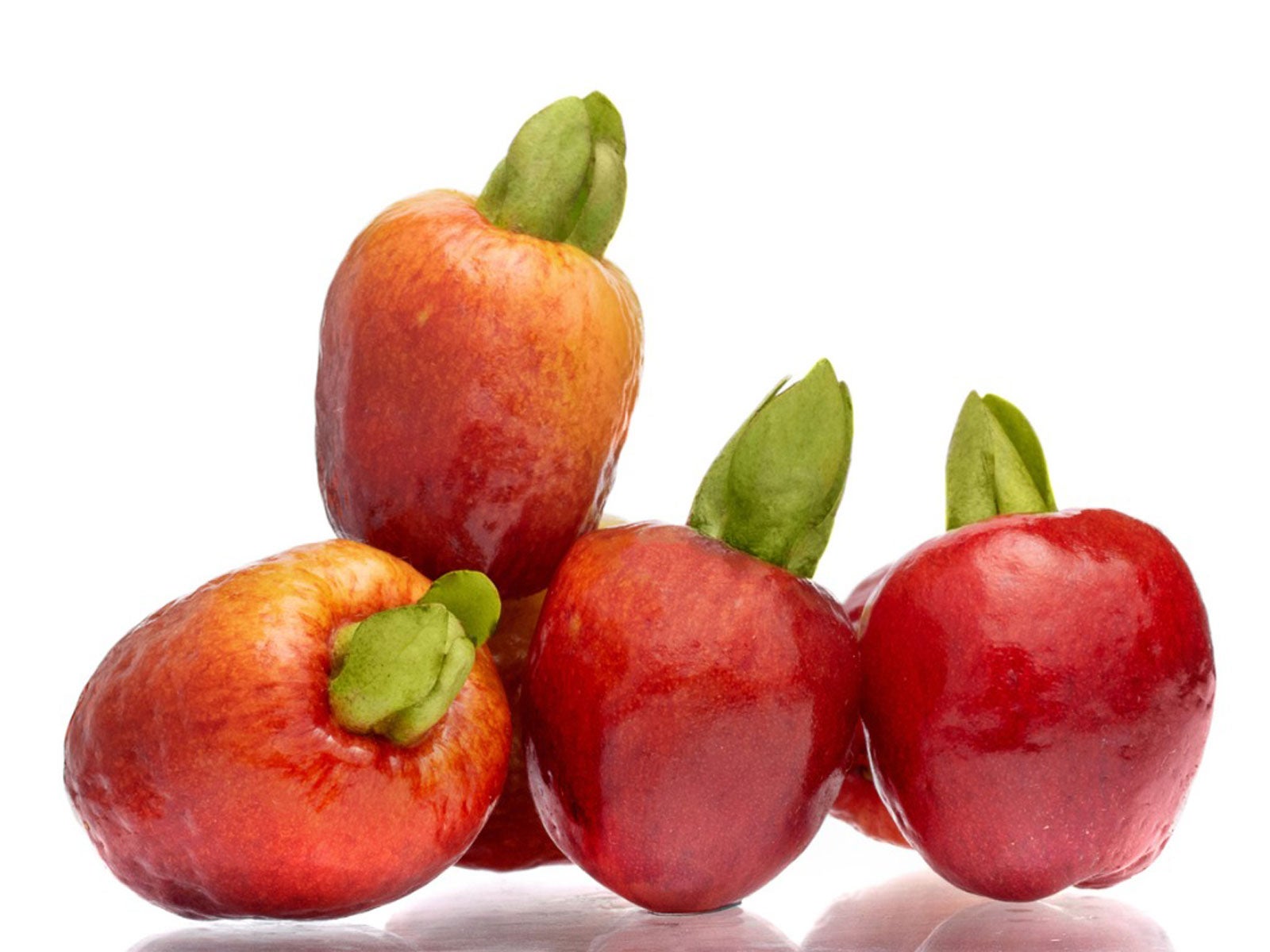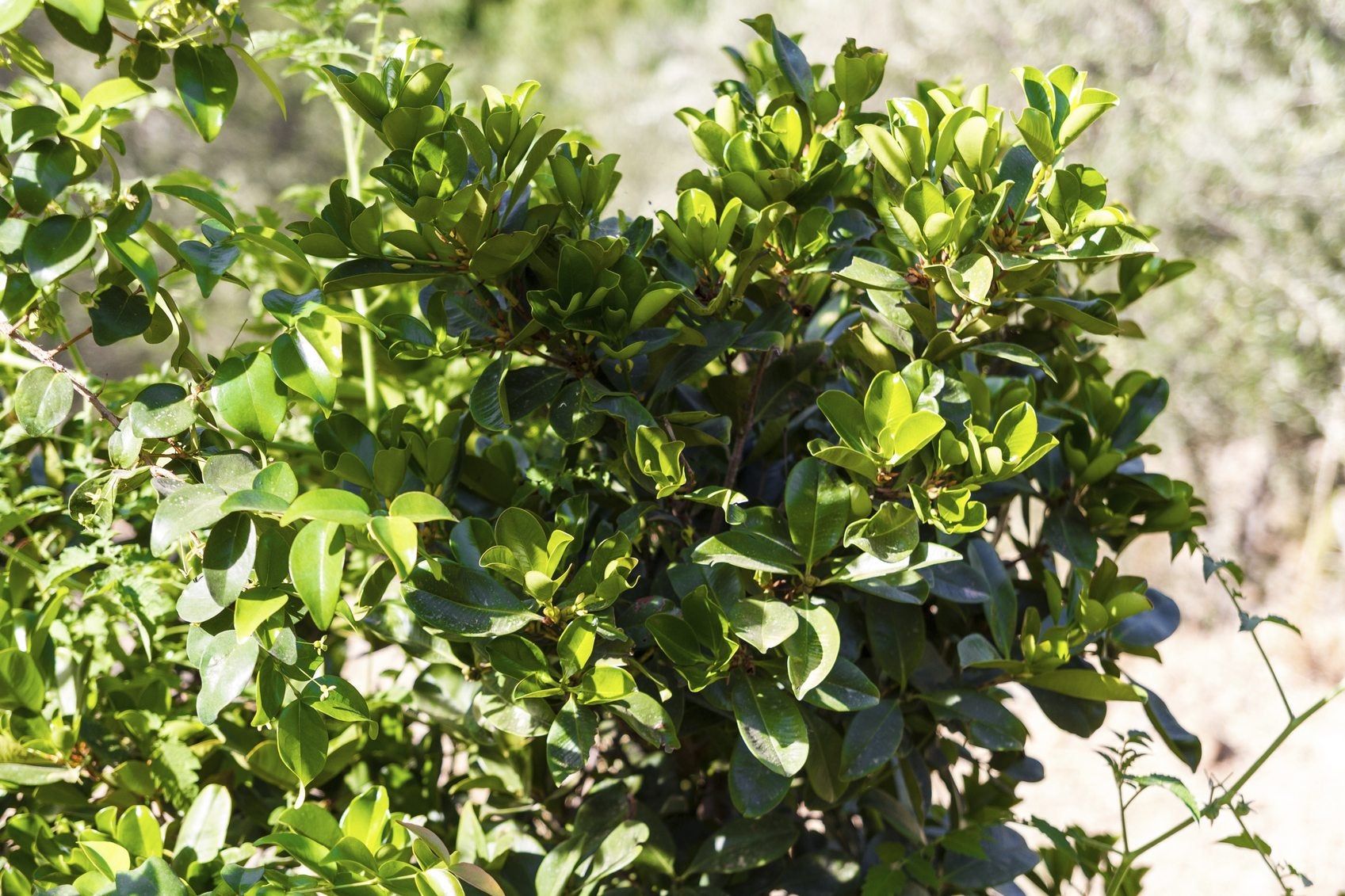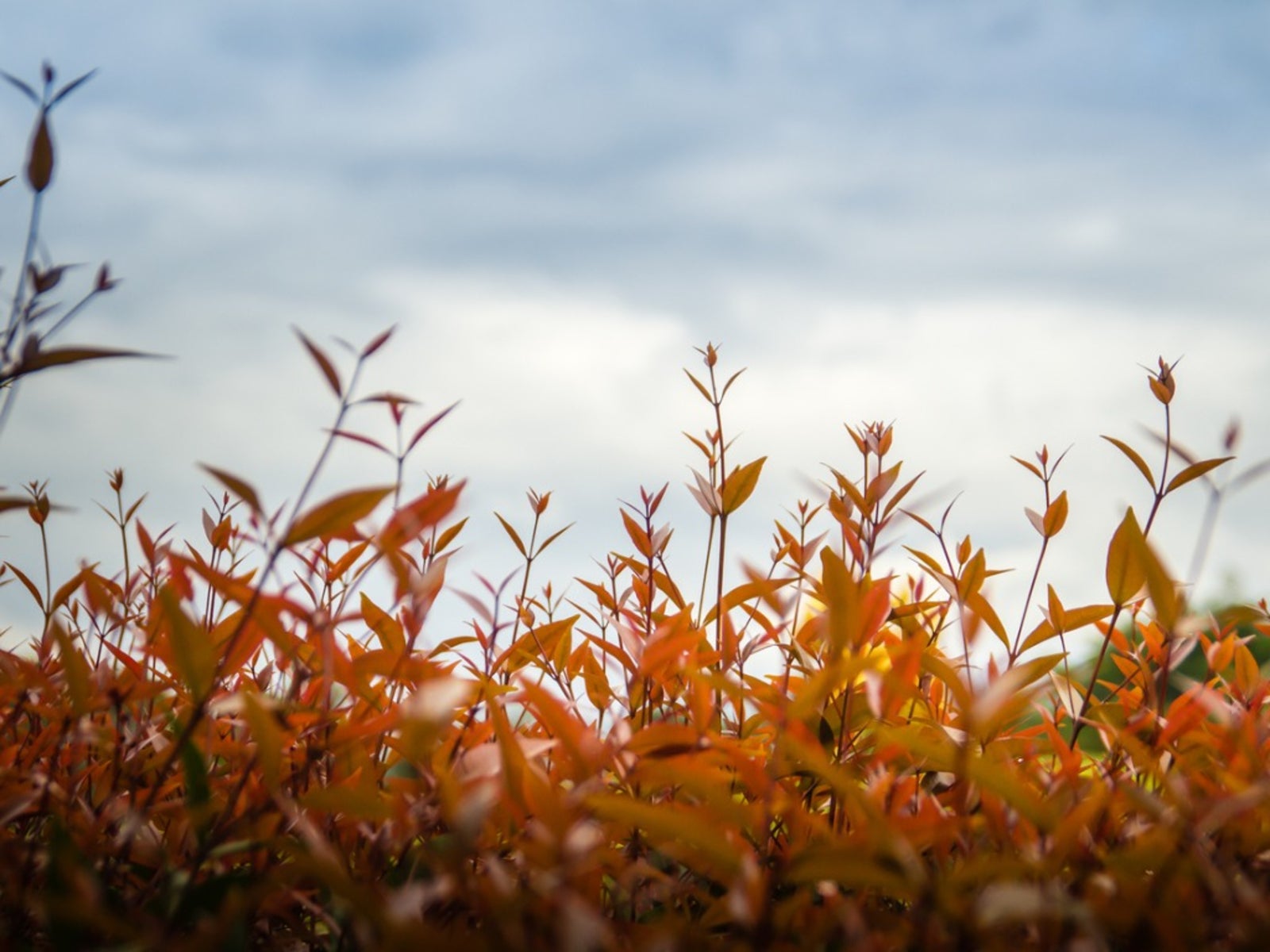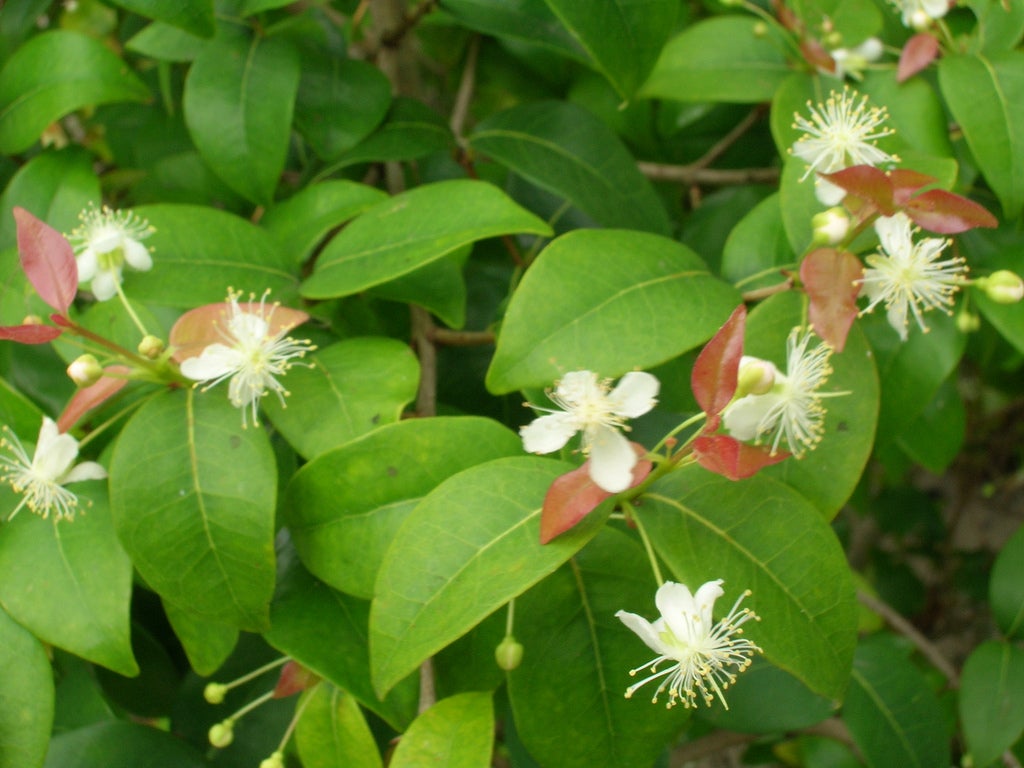What Are Big River Cherries: How To Grow Cherry Of The Rio Grande


Eugenia cherry of the Rio Grande (Eugenia involucrata) is a slow-growing fruit tree (or bush) that produces dark, reddish-purple berries that both resemble and taste like cherries.
Native to Brazil, the cherry of the Rio Grande can be eaten fresh, used for jellies and jams, or frozen. Also known as big river cherries, these exotic fruit trees can be container-grown and young trees are available online.
How to Grow Cherry of the Rio Grande
When planting, choose a location in the garden that receives full sun or transplant the young tree into a pot slightly larger than the root ball. Trees will do well in 50 percent native soil mixed with 50 percent organic compost. Choose a slightly acidic to pH-neutral soil, as these members of the Myrtle family don't tolerate alkalinity.
Dig a hole three times wider than the root ball. The depth should be the same height as the pot or container so the crown of the plant will be level with the ground. Once the hole is dug, carefully remove the tree from the container (or burlap if you purchased a balled tree). Set the tree gently in the hole, making sure it's straight. Repack the native soil/compost mix around the root ball and water well. Staking may be necessary, especially in a windy location.
Big river cherries will self-pollinate, so gardeners will only need to purchase one cherry of the Rio Grande bush/tree for fruit production. These are slow-growing and fruit is not generally seen before their fifth year.
Cherry of the Rio Grande Care
Eugenia cherry is an evergreen perennial but may lose leaves due to transplant shock. It's best to keep them evenly moist until the young tree becomes established. Gardeners can expect a moderate two to three feet (61-91.5 cm.) of growth per year. Adult trees reach a mature height of 10 to 20 feet (3-6 m.).
Big river cherries are winter hardy in USDA zones 9 to 11. In colder climates, container-grown trees can be moved indoors to protect the roots from freezing. The cherry of the Rio Grande is drought-tolerant but expect a drop in fruit production if supplemental water is not supplied during dry spells.
Gardening tips, videos, info and more delivered right to your inbox!
Sign up for the Gardening Know How newsletter today and receive a free copy of our e-book "How to Grow Delicious Tomatoes".
Often grown as an ornamental tree in its native lands, cherry of the Rio Grande care consists of periodic trimming to help the tree maintain its shape and a midwinter feeding prior to spring blossoming.
Eugenia Cherry from Seed
Once you have a productive plant, you can propagate your own trees from seeds. The seeds must be planted when fresh. Germination takes anywhere from 30 to 40 days. Seedlings are vulnerable to drying out, so it's best to keep young stock in partial shade until they are established.
As a slow-growing fruit tree, the cherry of the Rio Grande makes the perfect addition for city dwellers with small yards or container-grown fruit for northern gardeners.

Laura Miller has been gardening all her life. Holding a degree in Biology, Nutrition, and Agriculture, Laura's area of expertise is vegetables, herbs, and all things edible. She lives in Ohio.
-
 Looking For Plants To Give You The Soft And Fuzzies? Try These 5 Fuzzy Leaf Plant Options
Looking For Plants To Give You The Soft And Fuzzies? Try These 5 Fuzzy Leaf Plant OptionsLovers of texture, drama, silver foliage and tactile plants will adore these special sensory garden additions. These fuzzy leaf plant options will leave you all aglow
By Susan Albert
-
 Get Ready For A Summer Of Hummers! Grow These Full Sun Hummingbird Plants and Flowers
Get Ready For A Summer Of Hummers! Grow These Full Sun Hummingbird Plants and FlowersIf you’re lucky enough to enjoy a sunny backyard, make sure you are maxing out on your pollinator opportunities and grow these full sun hummingbird plants and flowers
By Tonya Barnett
-
 Planting A Eugenia Hedge: Tips On Eugenia Hedge Care
Planting A Eugenia Hedge: Tips On Eugenia Hedge CareEugenia can be a quick and easy hedge solution. This broadleaf evergreen shrub, sometimes called brush cherry, is native to Asia but grows well in U.S. hardiness zones 10-11. Learn about growing eugenia shrubs for a privacy hedge in this article.
By Darcy Larum
-
 Eugenia Hedge Pruning: How To Prune A Eugenia Hedge
Eugenia Hedge Pruning: How To Prune A Eugenia HedgeEugenia is very popular as a hedge in warm climates. In order to get an effective hedge, however, you have to do a certain amount of work. Learn more about Eugenia hedge maintenance and how to prune a Eugenia hedge here.
By Liz Baessler
-
 Eugenia Care: How To Plant Eugenia In Containers And Gardens
Eugenia Care: How To Plant Eugenia In Containers And GardensEugenia is a glossy leaved shrub or tree, which is often used as a hedge or privacy barrier. It makes an excellent potted plant too. Read this article for info on growing Eugenia plants.
By Bonnie L. Grant